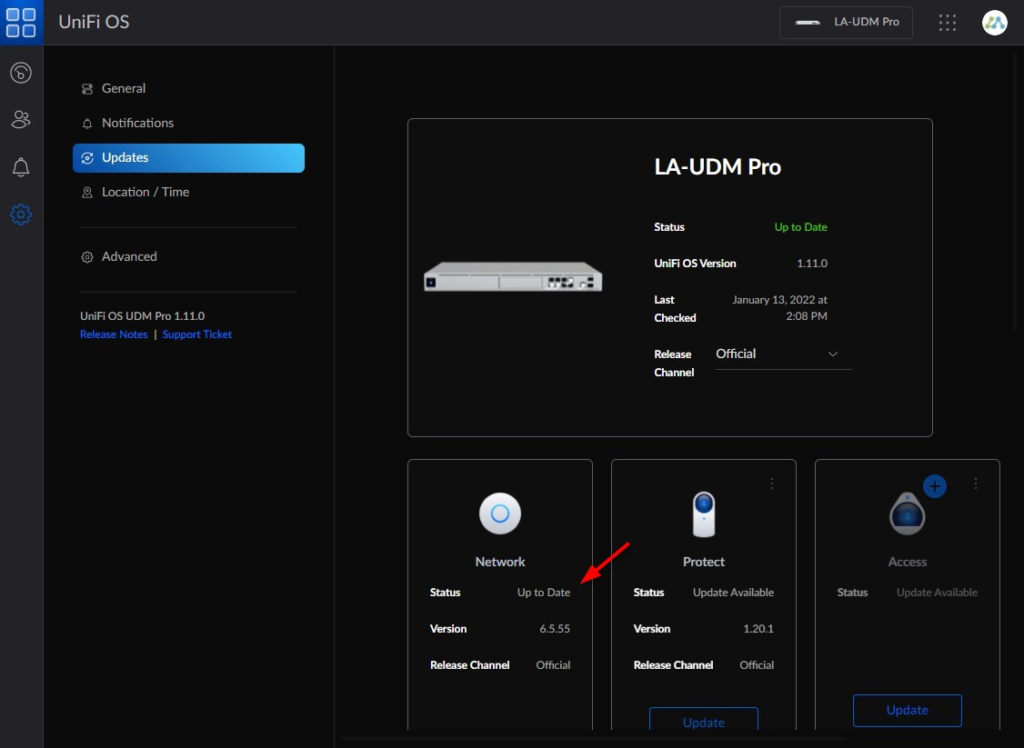

- #Unifi discovery tool for windows how to
- #Unifi discovery tool for windows install
- #Unifi discovery tool for windows windows

Select the radio button for Create a new private key and then click Next.
#Unifi discovery tool for windows windows
#Unifi discovery tool for windows install
Now click Next all the way through and then Install the Roles and wait until you receive the message that all your roles are installed successfully.Now within Remote Access and Role Services, select DirectAccess and VPN (RAS) and click Next.Under Role Services select Certification Authority and click Next.Once the items are selected and the prerequisites are approved click Next until you reach AD CS / Roles Services.Click Next until you reach Server Roles.Open your Windows Server Manager > Click Manage > Click Add Roles and Features.We will be starting with the newly created Windows Server 2019 and installing the roles we need for radius to work with your Unifi Controller and RADIUS VPN access. Lets get started with installing the required Windows Server Roles! So do not configure these roles on that server. I am a firm believer on keeping AD\DC server clean.At this point create a Backup or a Virtual Snapshot before moving forward with the tutorial.Install all updates on new Radius server.I called my new virtual server HDN-RADIUS.Stand up a new physical or virtual server with Windows Server 2019.Once done write down the IP addresses alongside their model or unique name. Your Unifi equipment should be assigned static IP addresses outside your DHCP Scope.Internal Unifi Controller and Firewall, I myself am using a UDM-PRO for that function.This will prevent Tech Support having to manually remove VPN users every time an employee is terminated. Why is this useful? Well this allows us to just disable a user account in Active Directory after a termination and the previous employee will no longer have VPN access to the network.
#Unifi discovery tool for windows how to
In this tutorial you will be shown how to configure Windows Server and UDM-PRO UniFi Controller for RADIUS VPN access.


 0 kommentar(er)
0 kommentar(er)
